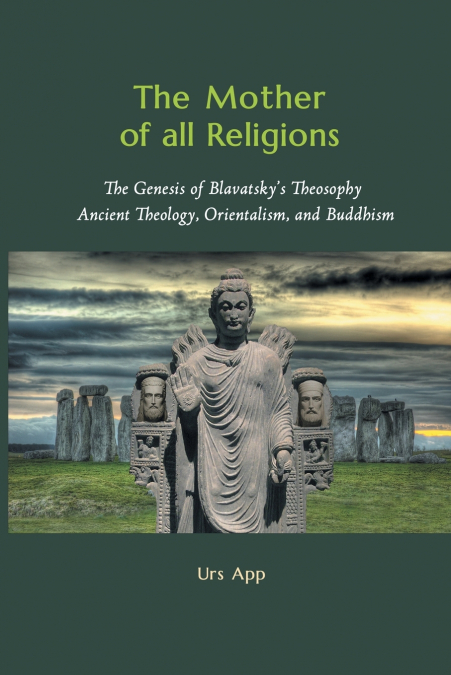
Urs App
The Story of Helena Blavatsky’s Invention of Primeval ReligionHelena Petrovna Blavatsky (1831-1891), the 'grandmother of the New Age,' not only inspired artists such as Kandinsky, Klee, Mondriaan, Scriabin, Mahler, Sibelius, T. S. Eliot and Kahlil Gibran but also founders of spiritual movements such as Rudolf Steiner and George Gurdjieff. In 1875 Blavatsky co-founded the Theosophical Society in New York, and in the remaining sixteen years of her life she authored all fundamental works of modern Theosophy. Already in her lifetime, her Society had hundreds of branches in India and all over the world, and even today sections and subsections of the movement are active in many countries of Asia and the West.Blavatsky is an extremely controversial figure. Hailed by some as the most extraordinary woman of the 19th century, she was denounced by others as history’s greatest charlatan. Her central claims were that she enjoyed direct contact with members of an esoteric, Buddhism-associated brotherhood in Tibet who had initiated her to secret doctrines transmitted from the dawn of humanity, and that she had access to the world’s most ancient religious scripture: the Book of Dzyan.Urs App, the author of The Birth of Orientalism (2010) & The Cult of Emptiness (2012), and editor of Blavatsky on Buddhism (2023), describes how Blavatsky-much inspired by Romantic orientalist views of Buddhism-invented the world’s primeval wisdom religion.Instead of regarding Blavatsky as an adept with superior powers and an initiate of unchanging secret doctrines transmitted from remote antiquity, App studies her as one would any modern intellectual author by investigating the historical development of her thought. What did she read and when, what key ideas did she pick up from what sources, and how did she combine, digest, and transform such information into a Buddhism- and Orientalism-inspired Ancient Theology?